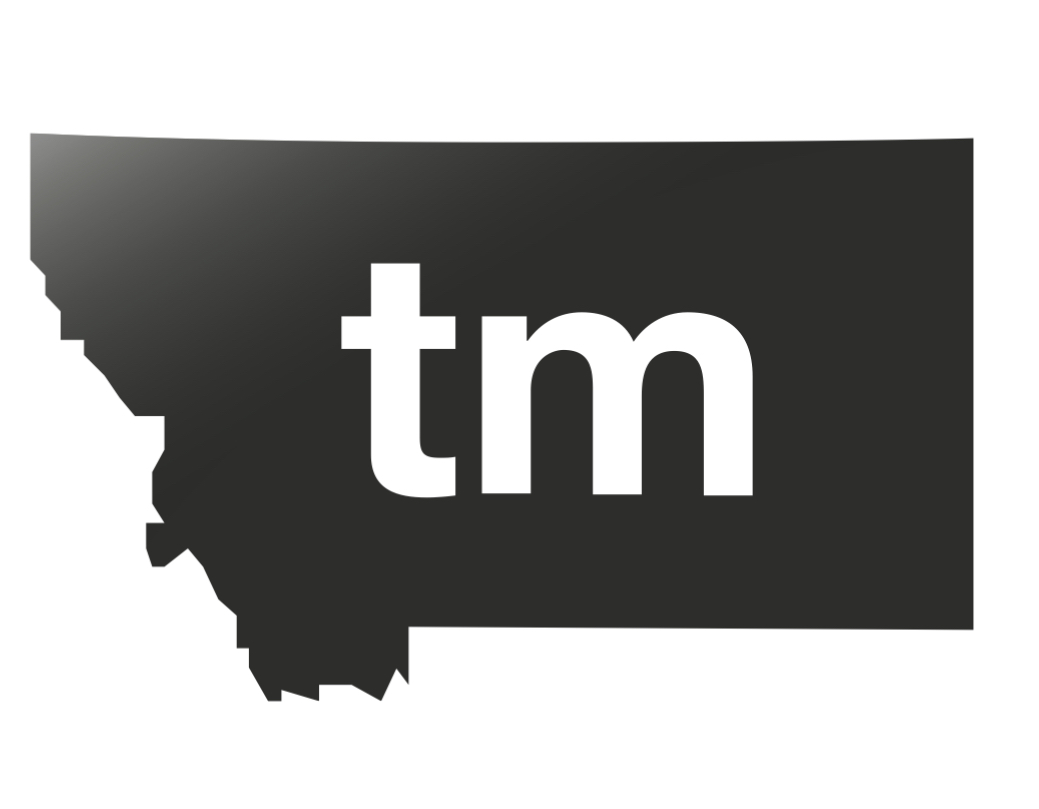
Montana's vast and beautiful landscapes stretch across nearly 150,000 square miles, offering an array of experiences that draw visitors from around the world. Despite being the fourth-largest state in the U.S., Montana is home to just over 1 million residents—a population far outnumbered by the 12.5 million visitors the state welcomes each year. Tourism is a cornerstone of Montana’s economy and a vital driver of community development, cultural preservation, and improved quality of life for residents.
At the heart of Montana’s visitor economy are regional tourism organizations (RTOs) and convention and visitor bureaus (CVBs), which create a robust network that promotes, manages, and sustains Montana’s diverse tourism offerings while fostering economic growth across all corners of the state.
Montana’s regional and community tourism organizations (regions and convention and visitor bureaus (CVBs) or destination organizations) play a crucial role in ensuring that all areas of the state—rural and urban—benefit from the visitor economy. Investing in rural and under-visited areas is critical for dispersing visitor traffic, stimulating local economies, and creating new opportunities for communities that may not currently see the full benefits of tourism. Montana’s most visited destinations require investment, and they work to sustain thousands of businesses that provide the services, amenities, and experiences to visitors.
Sustainable tourism requires a balanced approach that strategically grows under-visited areas while maintaining the strength of Montana’s tourism hubs, ensuring they can continue supporting jobs, small businesses, and essential services. By investing in all areas at sustainable levels, Montana can enhance the visitor experience, protect resident quality of life, and ensure that tourism remains a driving force for economic prosperity across the state.
Montana’s most popular destinations, including urban centers and gateway communities, are working hard to build their shoulder seasons to stabilize year-round employment and reduce dependency on peak summer months. This strategy is critical because:
If too much emphasis is placed solely on new tourism development in rural areas without maintaining support for well-visited destinations, we risk economic instability. One cannot be starved to feed the other. Instead, investment must be distributed strategically, ensuring that all communities receive the support they need at sustainable levels.
This approach also protects resident quality of life by leveling out visitation and preventing both overuse in highly trafficked areas and underutilization of tourism assets in emerging destinations. Tourism should enhance communities, not overwhelm them. A well-balanced strategy ensures that residents do not have to sacrifice their quality of life for visitors enjoyment.
Beyond marketing, tourism organizations also work on destination stewardship and product development to create lasting economic and community benefits. Examples of these efforts include:
These projects, guided by local boards and community leaders, ensure that Montana’s visitor economy benefits both travelers and residents alike.
Montana’s tourism industry is supported by six regional tourism organizations and 21 CVBs that collaboratively promote and manage tourism across the state.
Central Montana Tourism Region
Glacier Country Tourism Region
Missouri River Country Tourism Region
Southwest Montana Tourism Region
Southeast Montana Tourism Region
Yellowstone Country Tourism Region
These organizations work collaboratively to support local businesses, develop attractions, and enhance the visitor experience in their regions.
Tourism in Montana is more than a vacation—it’s a powerful engine for economic development. Visitor spending directly supports local businesses such as hotels, restaurants, retailers, and outfitters, while also fueling broader sectors such as construction, transportation, and agriculture. In 2023 alone, Montana’s visitor economy generated:
Tourism is often a lifeline in rural communities where other industries may be limited. It sustains small businesses, supports local artisans and craftspeople, and funds community services. Tourism creates demand that sustains retail shops, restaurants, breweries, distilleries, farmer’s markets, and other amenities, improving the quality of life for residents.
The Montana Department of Commerce is a critical partner in supporting tourism development across the state. In addition to its broader promotional efforts and funding programs, the department houses Indian Country Tourism, a program dedicated to highlighting the unique contributions of Montana’s 12 Tribal Nations. This program ensures that tribal communities have the resources and visibility needed to attract visitors and create sustainable tourism opportunities.
The Department of Commerce also helps distribute visitors across all regions of the state, ensuring that highly visited and under-visited areas alike can benefit from tourism. Through its support of regional tourism efforts and statewide marketing campaigns, the department enables communities to shape their destinies and capitalize on economic opportunities.
Proposals to reduce funding for RTOs and CVBs threaten not only Montana’s visitor economy but also the state’s broader economic success. These organizations are essential to promoting the state, managing tourism growth, and ensuring that communities—both urban and rural—thrive. Without sufficient funding, Montana risks:
Investing in tourism organizations is an investment in Montana’s future. These organizations create jobs, preserve cultural heritage, protect the environment, and enhance quality of life for residents and visitors alike. Montana’s elected officials have a responsibility to ensure that tourism continues to thrive—not just for the benefit of the state’s economy, but for the well-being of the communities and people who call it home.
Tourism matters. Let’s make sure it continues to shape Montana’s bright future.